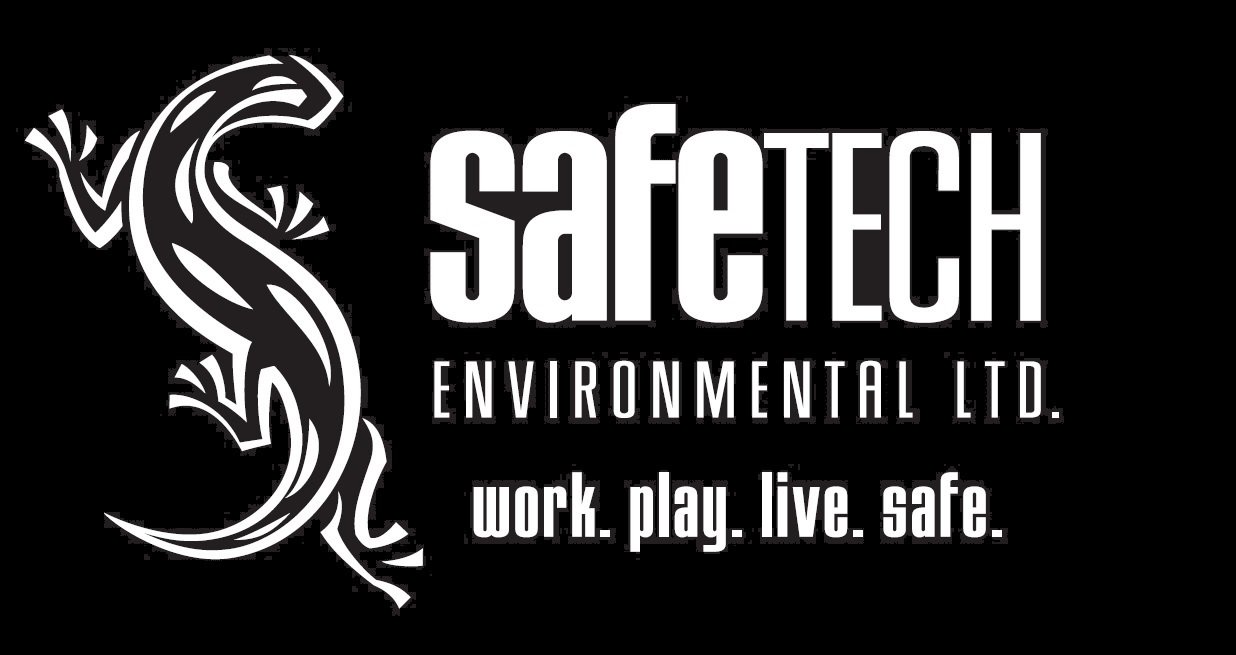Hazardous Building Materials
Are Building Materials Hazardous?
If in good condition and left undisturbed, building materials are not considered to be hazardous. However, certain substances that may be a component of building materials, equipment and machinery (such as asbestos, lead, silica and mercury) can become a health hazard if they are disturbed during construction, maintenance, renovation or demolition activities.
Given that hazardous substances can be present in virtually any type of building material or product (such as concrete, paint, fluorescent lights, ceiling tiles, insulation and so on) it is important to identify their location before they are disturbed so that appropriate precautions can be taken to prevent exposure. Many provinces have regulatory requirements in place to ensure that hazardous building materials are identified and accounted for as part of any project where they may be disturbed. For example, British Columbia requires hazardous materials to be identified prior to any demolition, salvage or renovation work of machinery, equipment, or a building structure. In Ontario, a project owner is required to determine if any designated substances are present at the project site before beginning a project and provide a list of any designated substances as part of the tendering information.
Designated Substances and Hazardous Materials - What’s the Difference?
In the context of building materials, nothing really. This terminology is often used interchangeably. In Ontario, designated substances refer to 11 specific compounds, only some of which are common components of building materials. Other provinces identify some of these same compounds as hazardous materials. Regardless of their regulatory definition, most hazardous building materials assessments completed for demolition or renovation projects identify not only the presence of substances required by regulation but also a number of other chemical, biological and environmental hazards. Although the list may vary slightly by provincial requirements, the needs of the building owner or project, and from one consultant to another, substances often included as part of a hazardous building materials assessment include:
- Asbestos, Lead, Mercury, Silica, Arsenic
- Mould Contamination, Guano Contamination/Pest Infestation
- Ozone-Depleting/Global Warming Substances
- Stored Chemicals, Polychlorinated Biphenyls (PCBs)
- Urea Formaldehyde Foam Insulation (UFFI)
I Have an Upcoming Renovation, What’s the Process?
Should you connect with us, one of our trained professionals will guide you through the processes required to ensure your project is completed safely and in accordance with regulatory requirements.
Project-specific assessments concentrate on those building materials, equipment and machinery that will be, or has the potential to be disturbed during the project. Project drawings and specifications are often provided for review prior to completing a site walkthrough of the project area. Representative samples of suspect materials are retrieved at the time of the site walkthrough, which are then submitted to a third party accredited laboratory for analysis.
Once analytical results are received, an assessment report is provided that identifies the location and quantity of hazardous building materials in the project area and provides recommendations for safe work practices based on current regulations, standards and guidelines. This report is then provided to contractors as part of the project bidding/tendering process. This process ensures that project costs are known up-front and prevents project delays.
When the project starts, the contractor will have the necessary information to ensure proper precautionary measures are being taken. At the same time, Safetech can arrange to complete the required inspection and testing to document safe completion of the work, giving people reoccupying the space peace of mind, knowing that you did everything properly.
Typical Hazardous Building Materials Services Provided by Safetech Include:
Hazardous Building Material Identification through Sampling and Laboratory Analysis
Hazardous Building Materials Assessments / Designated Substances Surveys
Design and Implementation of Hazardous Building Materials Management Programs
Design, Implementation and Management of Hazardous Building Materials Abatement Projects
Pre-, During and Post-Abatement Inspection, Air Monitoring and Surface Sampling
Maintenance / Abatement Worker Training





